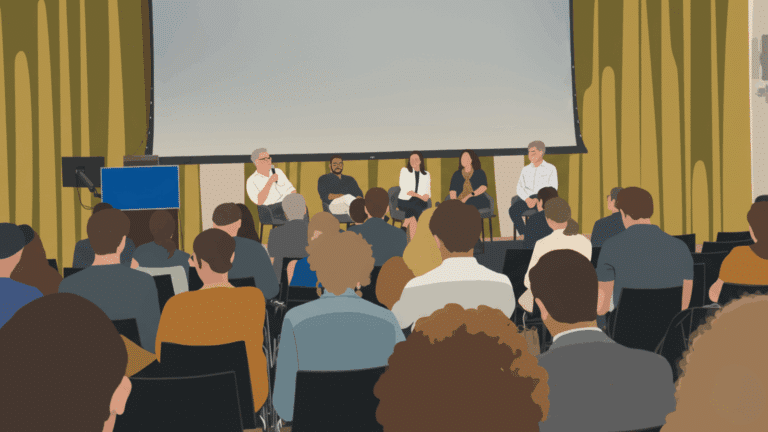China moves to supercharge green hydrogen as US pulls back
The country's new policy is likely to boost the production of green hydrogen, which the country aims to use to decarbonize airplanes, ships, and heavy…
Current Access Level “I” – ID Only: CUID holders, alumni, and approved guests only
Vice Chairperson of NITI Aayog
Last month, India surpassed China to become the world’s most populous country. With its large population, growing workforce, and fast-growing GDP, India is on the cusp of asserting major economic power on the world stage.
But there are major energy-related challenges still to overcome. Persistent electricity shortages continue to weigh on the country’s manufacturing sector. And despite tremendous growth in renewables, India still relies heavily on coal and imported oil.
India’s government has made addressing these challenges a priority, seeking to nearly triple its clean energy capacity by 2030. It is also investing heavily in new technologies like battery storage and hydrogen. At the same time, it continues to expand its fossil fuel sector, which it sees as vital to the country’s economic growth.
What does the next decade have in store for India’s energy sector? What are the major obstacles to growth? And how is the government balancing its climate goals with meeting the country’s rapidly expanding energy demands?
This week, host Jason Bordoff talks with Suman Bery about the uncertainties facing India’s energy sector, from supply shortages to geopolitical risks.
Suman is the vice chairperson of NITI Aayog, a think tank in the Indian government. He conducts research and advises policymakers on matters of economics and public policy. Prior to his appointment, he was a senior visiting fellow at the Centre for Policy Research in New Delhi, and a global fellow in the Asia Programme of the Woodrow Wilson International Center for Scholars in Washington D.C. He was also the chief economist at Shell from 2012 to 2016.
Last week, President Trump announced that he was imposing significant new sanctions on Russia. It’s an effort to cut off revenue Russia needs for its war in Ukraine....

Energy has long been used as a weapon. The United Kingdom blocked oil exports to Germany during World War I. Hitler’s fall was due in part to losing...

Trade tensions between the US and China have hit a new high mark. Last week, after China announced plans to ratchet up its export controls of some rare-earths...

Industrial policy, supply chain security, and economic competitiveness are central to how we think about clean energy deployment. As the Trump administration pulls back federal support for the...

Throughout much of the modern era, limiting or disrupting the flow of energy was a highly effective tool of global power.

CGEP scholars reflect on some of the standout issues of the day during this year's Climate Week

Gulf Cooperation Council (GCC) countries have not only the world's lowest costs for oil and gas production but also the lowest costs for electricity generated from renewable energy sources.

World leaders are meeting in New York this month at the request of the United Nations Secretary-General António Guterres to discuss the state of global ambition on climate change.
